|
With the holidays behind us and winter weather finally setting in, many among us are newly armed with a Christmas gift subscription to an online genealogical site and/or recently received DNA results. This is the perfect time for conducting a search of your family history, however, I’m here to tell you from personal experience, beware the pitfalls that lie ahead! The theme of this week’s article is to preach the age-old advice of practicing persistence, be patient, keep an open and curious mind and most of all, seek multiple/credible sources. These are the keys to success. If we were contestants on the Family Feud television gameshow (hosted by either Richard Dawson or Steve Harvey), I would seriously hope to get the following question: "Top five answers on the board… Name a helpful source to find answers regarding your family tree." My top responses (not in any particular order) would include: *an online genealogy-based site (such as Ancestry.com, Newspapers.com) *a history research library or government record archives *a family bible/church records *older relatives *a cemetery I know I’m "preaching to the choir" to many of you who are well-versed in history research, but my aim is to share some personal experiences in hopes of serving as a helpful refresher to some, and valuable advice to beginners. Feel free to share your own tips and experiences in the comments column at the end.  Edwin A. Haugh, Jr. at the grave of ancestor Wilhelm Koch (Delaware City, DE) Edwin A. Haugh, Jr. at the grave of ancestor Wilhelm Koch (Delaware City, DE) A Fruitless Trip to a Cemetery Back in 2003, I was in the midst of conducting family research on my father’s “Haugh side.” There was a sense of urgency so to speak as my father had been diagnosed with cancer the previous year, and by summer of 2003 had finished his first round of chemotherapy. He was eager to occupy his mind with other things, and I was desirous of learning more about his life experience and genealogy. I especially needed to channel through him as my contextual advisor, knowing that time was limited and I could lose him in the near future. I supplemented my Dad’s “life story commentary” and tales of ancestors with the above-mentioned sources, especially utilizing online government and church records. In addition, I would take him on field trips to find former homes, schools and other landmarks from earlier eras. Among the most meaningful were cemeteries, finding and visiting tombstones of early relatives. Interestingly, one family branch that had always been lacking in information and stories was our Haugh side. I researched diligently in that period of my Dad’s sickness, and found out stuff that my Dad had never imagined, while also proving (and disproving) a few family myths and riddles handed down through the years. Like many folks I know, I think my quest at that time was similar to an adrenaline rush, something that subconsciously allowed me to counter the stress associated with Dad’s illness and my inability to take the pain and suffering away. This behavior is well-documented, as is the desire to start researching immediately after the loss of a parent or parents, as a source of keeping them near in heart and mind, or a desire to know them even better than ever before. I discovered priceless information regarding my immigrant Haugh relative (a great-great (GG)grandfather named Ambrose Jason Haugh) and found where he came from in Ireland. Much of my success can be credited to the internet, as I was literally working with the proverbial "needle in the haystack." Luckily I had a unique name to work with as opposed to my maternal great-great grandfather John Quill, also from Ireland. In Ambrose Jason’s case, I certainly found the proverbial " pot o’ gold" on the other side of the "family research rainbow." This man arrived in America in the 1870’s, married in Toronto and moved the family to Chicago. His wife (my GG grandmother) died as a complication of childbirth in 1887, leaving three children including my 3.5 year-old great-grandfather, Ambrose Albert Haugh. The boys were sent to Toronto to be raised by a maternal uncle and received schooling, vocational training and attained college educations. Ambrose "Al" Haugh eventually made his way to Philadelphia (via Buffalo), and eventually settled in Camden, New Jersey. He enjoyed a celebrated career as a newspaper writer and editor, and was said to have covered the Lindbergh Kidnapping Trial of 1932, but I haven’t confirmed this with surety as yet. Unfortunately, he didn’t have a "golden years" period of life, as he died in November, 1936 at the age 52. The irony strikes me as I just turned 52 last week, myself, "Al’s" birthday being January 17th, just ten days after mine.  Crazy Jennie (c. 1908) Crazy Jennie (c. 1908) My father never knew his grandfather as he was born in September of 1936. He did have a relationship with his paternal grandmother, Jennie Williams Haugh, a woman who would marry four times and go from "rags to riches" twice, and finally to "rags" again after she remarried a supposed shyster after my great-grandfather (husband #3). Jennie died in 1943, and my father didn’t recall attending her funeral held near Camden, New Jersey. Dad also couldn’t recall ever visiting Jennie’s grave, and assumed she had been buried with Al, but wasn’t sure. When it came to gravesite information (at the time I was conducting this research), Ancestry.Com and FindaGrave.com were nowhere as detail rich as they are today, with the latter website being in its infancy. I tried for months, but could not locate the final resting places of my GG grandparents (Jason Ambrose Haugh and wife Elizabeth Jane (Patterson) Haugh), scouring both the Chicago and Toronto areas for clues. I had an 80 year-old relative still living in Audubon, NJ, a suburb of Camden, NJ. He had grown up with my grandfather (Edwin Albert Haugh, Sr.) and had vivid memories of my great-grandparents "Al" and Jennie, or "Crazy Jennie" as he knew her. And yes, she was crazy from what I have been able to glean, but family is family, like it or not. We lovingly referred to this gentleman as Uncle Len, but he was actually a cousin to me—his mother being my great-grandmother Jennie’s sister. In his childhood, he lived next store to the Haughs in Audubon, and looked to my grandfather as the older brother he never had. Len supplied me with a slew of family pictures and stories from Jennie’s "Williams family," another branch I knew nothing about, originally coming from the Pottsville, Pennsylvania area to Philadelphia in the first decade of the 1900s. He also assured me that Al and Jennie were buried in New St. Mary’s Cemetery in nearby Bellmawr, NJ. It was an unusually pleasant Saturday in late May, 2003 when my Dad and I set out for Audubon, New Jersey and a visit to Uncle Len in anticipation of visiting the Haugh grave in New St. Mary’s Cemetery. Along the way, we picked up my Uncle Bob Haugh, my father’s only sibling, who shared equal interest in our family history quest. We arrived in Audubon in late morning and had lunch with Uncle Len and his wife. From there, we went to New St. Mary’s Cemetery and allowed Len to show us the way to the gravesite. The problem was, Len hadn’t been to the cemetery in quite a while, and the grave wasn’t where he thought it would be. Unfortunately the cemetery office had closed at noon, and we were on our own to find the location among a cemetery population of 18,000, located on 50 acres. To add insult to injury, there was one distinct older section of upright monuments, but the vast majority of gravestones here in this Catholic memorial ground cemetery made up neatly laid-out rows of uniform-shaped, low profile “hickey-style” markers that all looked the same. Well, after a few hours of walking aimlessly in different directions, we gave up our search—seemingly having exhausted all options. We came home disappointed, no one more so than my father. At 8:00 am on the following Monday morning, my father called the cemetery office to gather the information we should have gotten beforehand. The administration gave him the plot location, and agreed to take (and send out) a picture after my Dad told our hapless attempt to find the lost “Haugh family covenant of the lost arc.” An hour later, my father received a call from the superintendent of the cemetery with news that he had also had difficulty finding the gravesite because it was actually unmarked—never having had a gravestone atop the lot. Well that certainly explained our fruitless search, and hammered home the fact that we should have had some earlier correspondence to plan our visit. Regardless, we did receive some incredible information through the whole episode. The superintendent pulled the cemetery lot card, which listed those interred at this location which includes ages and burial dates. We found my great-grandparents (Jennie and Al) as hoped, but another person of paramount interest was buried here as well—my GG grandfather (Ambrose Jason Haugh) from Ireland. He had died in 1927, and I would later learn that he had been living at a nearby care facility in Camden.  Death announcement for Amanda Bauerle (Feb. 1927) Death announcement for Amanda Bauerle (Feb. 1927) Two other people were also here in this grave plot as well: a woman named Amanda Bauerle (1876-1927), and a man named Lloyd Emerson (1872-1937). Considerable research, coupled with a lucky internet find gave me an explanation as to who these folks were, and why they were buried here. I found that Emerson was an unmarried, 65-year old handyman that boarded with my great-grandparents at the time of his death. More interesting was Amanda’s story. Amanda Bauerle was actually the former Amanda Williams hailing from Pottsville, PA—a sister of the fore-mentioned "Crazy Jennie" and Cora Williams Jones (Len’s mother). Amanda had died in 1927, and I found a brief, yellowed obituary, which had been clipped from a newspaper and found hidden within a pocket of an old photo book of Williams family members (given to me by Len). I still didn’t know much, but soon stumbled upon a bulletin board inquiry about Amanda online. The message had been written a few years prior by a great-grandson of Amanda’s named Rob Hogan. He was living in a place called White House, Tennessee and was seeking information on his relative, above all wanting to learn the whereabouts of her burial site. 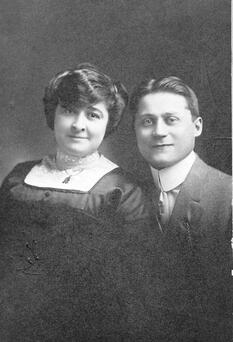 Amanda and Joseph Bauerle Amanda and Joseph Bauerle I had the answer, one that possibly would take him a lifetime to discover....like a needle in a haystack, of course. I duly emailed Rob of my find recent find in Bellmawr, New Jersey’s New St. Mary’s Cemetery. Suffice it to say that he was ecstatic, and called me that night. We stayed on the phone for nearly three hours, sharing notes, stories and even family photos I had never seen as we emailed each other scans from our respective computers while talking. Rob said that when he was a boy, his grandfather had told him the sad story of Amanda’s untimely and tragic death—a result of a freak accident. The story goes that Amanda was with her husband at the time (1927), enjoying a church sponsored Valentine Day social. The 51-year old, and her husband, took to the dance floor and unbeknownst to her, another party-goer would accidentally drop a drink behind her. This resulted in Amanda slipping on the spill, and on her way to the floor, her head hit a piano. She was rushed to the hospital in a comatose state. Amanda would never awake from the coma, dying a few days later. Her sister, Jennie Haugh, would purchase the grave plot in February, 1927. My great-grandmother had pre-planned wisely, as her own father-in-law (Ambrose Jason Haugh) would pass six months later, and was placed here too. Amanda Bauerle’s husband would eventually remarry and moved to the northern part of the state. Her 14 year-old son, Joseph Bauerle (1913-1983), soon developed a special relationship with his Aunt Cora and Uncle Elmer as his adopted parents in adulthood. These were Len’s parents, and Rob had heard his name before. Although Len didn’t remember Amanda, he fondly recalled her son Joseph as his parents accompanied Joe when he eloped in 1931 at Elkton, MD. Joe and his wife also took Len’s parents on trips to Florida and elsewhere. What a connection, and new friendship for me as I have learned a great deal from Rob, all the while garnering additional photos and having another expert to help identify relatives therein. A few years later, I made a trip to Pottsville in an effort to get a better handle on the Williams family. I visited old home addresses, cemeteries and also parlayed a tour of the Yuengling Beer brewery. Family lore has it that my grandfather often played with members of the Yuengling family while visiting relatives each summer in his youth. The best thing to come from this whole adventure of seeking the elusive Haugh gravesite was fulfilling a dying wish of my father, made in early summer 2004. He instructed me to place a grave monument on the Haugh site at St. Mary’s, with the names of each of the lot’s five inhabitants so future family researchers will have a much easier time finding them than we did. My father passed in June, 2004, and by the following spring, the Haugh gravesite was duly marked with a monument. I have made several visits since, as it’s a true touchstone of family, history and lineage to me. It represents the same to Rob, who can be credited with making several associated entries on Findagrave and Ancesty.com regarding his long-lost grandmother and her Williams kinfolk. Like pieces of granite and marble serve not only beacons and lasting monuments to former ancestors, but also play roles as important information portals. In the future these will continue to grow as virtual information resources as technologies such as GPS coordinates will connect gravestones to online information databases featuring genealogical information about the decedent, including stories, photographs, and videos. In fact its already a reality in some places. Thanks for your endurance as I truly love telling this personal "Story in Stone," one which links four out of six Haugh/generations in America. I’ve also gleaned much about my father through studying his ancestors, especially his parents. My grandfather, Edwin Albert Haugh, was a career Army and WWII veteran who died in 1970 when I was three. My Dad told me plenty of stories about his father, but I continue to learn about the man from various sources such as military records on Fold3, and online newspaper archives. He would give his name to my father, including that middle name of Albert taken from his own father. It’s this process of common name giving that can help aid, and sometimes confuse, the newfound family researcher at times. Good luck to my GG Grandson conducting genealogy in the distant future as I have the middle name of Edwin, and gave it as a first name to my son born in 2006, two years after the death of my Dad. The Haystack’s Needle of January 12th Now what does my long-winded tale have to do with Mount Olivet? Well, one of the greatest parts of my job is assisting family researchers on their history quests to our cemetery. Some just require a grave lot location, where others want to share their research and familial stories of a loved one buried here. I also know for a fact that we have had people come here thinking they know where a loved-ones grave is located, only to get lost. Thankfully, many come to our office, or look at the kiosk near the entrance of the cemetery, to find proper locations and map guides in both mounted and takeaway form. I have also noticed people wandering aimlessly, repeating again and again my experience at New St. Mary’s by thinking that it shouldn’t be that hard to find a distant relative’s name on a gravestone. Earlier I utilized the expression "needle in a haystack" because that best describes what it can be like trying to find a single burial amidst a collection of 40,000. The same can be said with finding a person in a written or internet database. Names can be similar and confusing. They can also be misspelled or inverted between first/middle. Dates (birth and death) can be a big problem as well. The key is starting any search with a legitimate handle on both name and date of the "sought-after" decedent. Again, I go to our opening Family Feud sequence to provide valuable advice. However, I also stress that the researcher beware, as there are definitive pitfalls with each method listed if you regard found kernels of information as "the God’s Honest Truth" as they say. Errors, and continuation of erroneous information, are around every bend. In my New Jersey story above, I shared a lack of guidance from available internet and archival sources at hand, or unavailability due of a closed cemetery office. I also referenced a confused relative to boot, but it wasn’t necessarily his fault because the grave was unmarked—it just would have saved us three hours of traipsing around a cemetery had he known, or remembered, that the site was unmarked. This whole lesson, and past related episodes, have come into my mind over the last few days as I researched the featured individual of this week’s blog. I have a full file drawer of potential "Stories in Stone." I decided to take a new approach to story choice for this week—I would simply pick a death date, enter into our Mount Olivet database, and discover someone altogether out of the blue. I figured I would write and likely publish this story on January 12th, so I sought an individual who passed on that date. A man named Thomas Morgan Smallwood was the first to pop up on my screen. He apparently died in 1854. My approach worked as I had no earthly idea who this was. I have known several African-American residents of Frederick holding the surname of Smallwood. However, I assumed Thomas Morgan Smallwood was white because Mount Olivet was segregated at the time of his death in 1854. I also was reminded of Gen. William Smallwood, a Revolutionary War patriot from Charles County in addition to serving as Maryland’s fourth elected governor. Could there be a connection to the southern Maryland Smallwoods? "What’s in a name?" you could say, as I had a full one now and I was determined to find out about this guy and his family. I soon looked at dates and began scratching my head on his given death of January 12th, 1854. How could this be right if Mount Olivet didn’t open its gates to the public until May, 1854? Our celebrated, first-known burial of Ann Crawford occurred on May 24th, 1854. I thought for a short moment that this could be a serendipitous find, perhaps a forgotten new first burial, several months before Crawford’s. I then thought, well I should check the gravestone, itself. Sure enough, it said 1854. What a quandary, but one I was determined to solve for the sole reason of "first burial bragging rights." In any other case, I would surely have believed the cemetery record which was confirmed by a death date etched in stone. The same held true for this death date as found in online records as well, not a surprise as these can be based on the two fore-mentioned cemetery records, not to mention Jacob Holdcraft’s Names in Stone. It was time to go to primary sources with more accuracy. I looked in the Frederick Examiner newspaper for an obituary. Finding nothing recording Thomas M. Smallwood’s death in mid-January, 1854, I wisely looked for something in mid-January, 1855. Sure enough I found an obituary in an edition dated January 17th, 1855. I also found the same story appearing in the Baltimore Sun of January 18th, 1855. Not only did I find, and confirm, a fixable error in our cemetery records, I also learned how Thomas Morgan Smallwood died on January 12th, 1855. He was only 29, and died as a result of suicide. I did not discover much more on Thomas, other than he appears by name in the 1850 census living in Buckeystown and working as a saddler. A decade earlier, he was listed among the members of Frederick’s Junior Tippecanoe Club. Without getting a fuller story on Thomas, I was now curious about his family, and found several Smallwood family members buried in his cemetery lot (Area C/Lot 20). This is located along the cemetery lane that parallels Stadium Drive, and is directly across from Harry Grove Stadium. From our cemetery record, I learned only that Thomas was born on April 5th, 1825, a fact also duplicated on his gravestone, but I was sure to confirm with other sources. Here I found several references to William C. Smallwood. In some of these references, I found William C. also referred to as William Cooper Smallwood. I did not, however, find a William Charles, so I deducted that William Cooper Smallwood and William Charles Smallwood were one in the same. Charles based on the middle initial "C" represents a common assumption made by a future generation, because William had a son named Charles. Now I searched for William Cooper Smallwood on Ancestry.com and found a match married to an Rosanna, but no mention of a maiden name. So I went back to Jacob Engelbrecht’s Diary and soon found the following passage dated May 7th, 1823: "Married last night by the Reverend P. Davidson, Mr. William C. Smallwood (Tailor) to Miss Roxena Rollington daughter of Mr. John Rollington all of this place." Bingo! This was definitive, giving me a maiden name for Mrs. Smallwood, mother of Thomas Morgan Smallwood. It also told me of William’s profession as a tailor. However, what’s up with the name Roxena? I assumed that this was just a case of Jacob not able to spell Rosanna correctly. I confirmed the marriage with another Engelbrecht diary entry on January 24th, 1826 featuring the death of Thomas’ maternal grandfather: "Died this morning at 1 o’clock, in the 50th year of his age Mr. John Rollington (barber) father-in-law to Thomas W. Morgan & William C. Smallwood, of this city. He lived nearly opposite my shop." Now I had learned something about Thomas M. Smallwood’s maternal grandfather, and was introduced to Thomas’ namesake Thomas W. Morgan, who I would later learn was a former county sheriff in the 1820’s and a longtime cashier for the Farmers & Mechanics National Bank. As for William Cooper Smallwood, a few notes found stated that he was an artist from Philadelphia. Another clue said that he was from New Jersey. I would follow this up later. Siblings, Nieces & Nephews In the meantime, I continued deciphering who we had in the burial lot with Thomas Morgan Smallwood and his parents. I found two brothers here. Now I knew who William Cooper Smallwood was, but what about two others holding similar names similar to that of dear old dad? A given was Thomas’ brother William Cooper Smallwood (1823-1888). I now could place "Jr." at the end of his name, and "Sr." after his father’s. I had seen references of the sort in Engelbrecht’s diary with entries referring to a Cooper Smallwood. The other brother was Charles Smith Smallwood (1830-1902)giving a possible explanation for the erroneous middle name of "Charles" found in our cemetery records for father William C. Smallwood, Sr. Jacob Engelbrecht made several entries in early July, 1864, a time when Frederick was invaded again by the Confederate Army and had a $200,000 ransom levied against by Gen. Jubal Early. The Battle of Monocacy would follow. Cooper Smallwood and Uncle Thomas W. Morgan were listed among the 29 "skedaddlers" from town on July 4th after hearing reports that the Rebel Army was heading toward Frederick. The entry was made on July 5th, 1864. They were Union men, as was William Cooper Smallwood, Sr., who was among the members of the Brengle Home Guard established to protect Frederick City in 1861. I also read in Engelbrecht’s diary that our subject (Thomas Morgan Smallwood) had two other brothers who died in childhood of Scarlet Fever. Henry (age one) died on Thomas’ 8th birthday (January 12th, 1833.) Just nine days later, six year-old Benjamin Smallwood died. Both boys were buried in Frederick’s Presbyterian Cemetery, one-time located behind the present church on W. Second Street and stretching to W. Third Street. Thomas Morgan Smallwood would come to be surrounded by nieces and nephews, all born after his death. William Cooper Smallwood married Julia E. Zeigler, however this was not the same Julia Smallwood I found in the Smallwood family plot. Rather this Julia Smallwood (1879-1910) was a niece, she being the daughter of Thomas’ brother, Charles Smith Smallwood. But wait a minute, there are two Charles Smith Smallwood’s here in this lot! Time again to delineate father and son with Sr. and Jr. Charles Smith, Sr. married Elizabeth Louise Rinehart and had seven known children, six of which are buried in this Smallwood lot. These include: *William F. Smallwood (1871-1872) likely a twin of daughter Rose *an unnamed infant of three months who died in 1874 *Julia Smallwood (1879-1910) a former teacher at the North Market Street School who died of tuberculosis *Charles Smith Smallwood, Jr. (1883-1918) a sales clerk who died from pneumonia while living in Baltimore *Ella (Smallwood) Cook (1865-1943) a housewife who had relocated to Frostburg, MD *Rose Elizabeth Smallwood (1871-1956) an accomplished dress-maker who lived out her final years at Frederick’s Home for the Aged on Record Street Two more individuals can be found in the Smallwood lot on Area C. This is Thomas’ sister-in-law, Elizabeth Louise Rinehart (1843-1929), the wife of Charles Smith Smallwood, Sr. and a former resident of New Market. Elizabeth’s maiden sister, Martha Ann Rinehart (1846-1927), of Baltimore rounds out the 14th individual in this plot. As an aside, I wondered what became of William Cooper Smallwood Jr.’s wife, the former Julia E. Zeigler? Well, she is buried in Frederick’s St. John’s Roman Catholic Cemetery, located between East Third and Fourth streets. I went to FindaGrave.com to seek out her memorial page. Low and behold, I found another page for her husband, stating that he is buried with Julia at St. John’s. Both names are also carved on a fine monument resting in St. John’s. This creates another snafu. I double-checked our Mount Olivet records, and he is said to have been buried here definitively. I also checked his newspaper obituary from 1888, which clarifies the fact that he was buried in Mount Olivet. However, there is no gravestone for him here. To compound matters, over at St. John's where William has his name in stone, his death date is erroneous as it should read February 4, 1888, instead of February 1, 1888. Good Grief as Charlie Brown would say. Julia would outlive her husband by eight years, dying in 1896. My guess is that her preference was to be buried in a Catholic cemetery, consecrated by a church bishop. M. Adelaide Smallwood (1858-1916), a daughter, is also buried with Julia at St. Johns. Her name appears on the side of the monument. Back to Jersey Well, I had completed my task at hand and identified everyone in this gravesite. Along the way, I was able to make valuable changes and additions to the cemetery records. Curiosity got the best of me and I set out to make the connection to other Smallwood’s in Maryland or Philadelphia. I was eventually brought to south western New Jersey. I went down several rabbit holes using online genealogical sites and digital newspaper collections. I was soon drawn closer and closer to a place called Gloucester County, New Jersey and a small township called Woodbury. This is located across the Delaware River from South Philadelphia in view of the sports complex home of the Eagles, Phillies, Flyers and 76ers. Here, I found a short municipal street called Smallwood Place, not far from a main thoroughfare of town—Cooper Street. I finally found a Sybilla Cooper (Smallwood) Rulon (1803-1883), who I hoped to be a sister of William Cooper Smallwood. I next discovered her brother, John Charles Smallwood (1798-1878), a noted civil servant and state legislator. Finally, I garnered another sibling named Benjamin Smallwood. A familiar name as William Cooper Smallwood had given this name to one of his sons who died of Scarlet Fever. This all set me up for the discovery of the three siblings’ parents, Benjamin Smallwood (1774-1832) and Elizabeth Cooper (1785-1830). Another reference in an early Gloucester County history from the late 19th century referred to their home as "the old Smallwood place" once located in the heart of Woodbury. The final confirmation of the puzzle came when I stumbled over a message Board post on Ancestry.com, dated March 13, 2002: Benjamin Smallwood’s father could well have been a William Smallwood from Maryland, whose father was Isaac Smallwood (born in England 1718), said to have moved from Charles County, Maryland to Gloucester County, New Jersey near the end of the Revolutionary War. He died in Gloucester County in 1792. This told me all I had to know! I had confirmed the hometown of our William Cooper Smallwood, Sr., the ancestral home of Thomas Morgan Smallwood’s family. I also connected the dots from New Jersey to southern Maryland but there are yet more "needles" to be found in this haystack to gain exact lineage. One other big thing jumped out at me with this trans New Jersey-Maryland ancestry synergy. Woodbury, New Jersey is less than five miles from Bellmawr, the final resting place of my Haugh great-grandparents and GG Grandfather, Ambrose Jason Haugh of Portlaw, Waterford County, Ireland. Their names are now preserved in stone for future generations of researchers to easily find within New St. Mary’s Cemetery in Bellmawr. Meanwhile, nearly 150 miles away, William Cooper Smallwood, Sr., wife Elizabeth Cooper Smallwood, son Thomas Morgan Smallwood and 11 kinfolk have their names preserved in Frederick, Maryland’s Mount Olivet Cemetery. As a guy with distant South Jersey roots, I guess I was guided to help in some way.
1 Comment
6/21/2020 02:28:51 pm
Dear Mr. Haugh,
Reply
Leave a Reply. |
STORIES
|
Archives
July 2024
June 2024
May 2024
April 2024
March 2024
February 2024
January 2024
December 2023
November 2023
September 2023
August 2023
July 2023
June 2023
May 2023
April 2023
March 2023
February 2023
January 2023
December 2022
November 2022
October 2022
September 2022
August 2022
July 2022
June 2022
May 2022
April 2022
March 2022
February 2022
January 2022
December 2021
November 2021
October 2021
September 2021
August 2021
July 2021
June 2021
May 2021
April 2021
March 2021
February 2021
January 2021
December 2020
November 2020
October 2020
September 2020
August 2020
July 2020
June 2020
May 2020
April 2020
March 2020
February 2020
January 2020
December 2019
November 2019
October 2019
September 2019
August 2019
July 2019
June 2019
May 2019
April 2019
March 2019
February 2019
January 2019
December 2018
November 2018
October 2018
September 2018
August 2018
July 2018
June 2018
May 2018
April 2018
March 2018
February 2018
January 2018
December 2017
November 2017
October 2017
September 2017
August 2017
July 2017
June 2017
May 2017
April 2017
March 2017
February 2017
January 2017
December 2016
November 2016


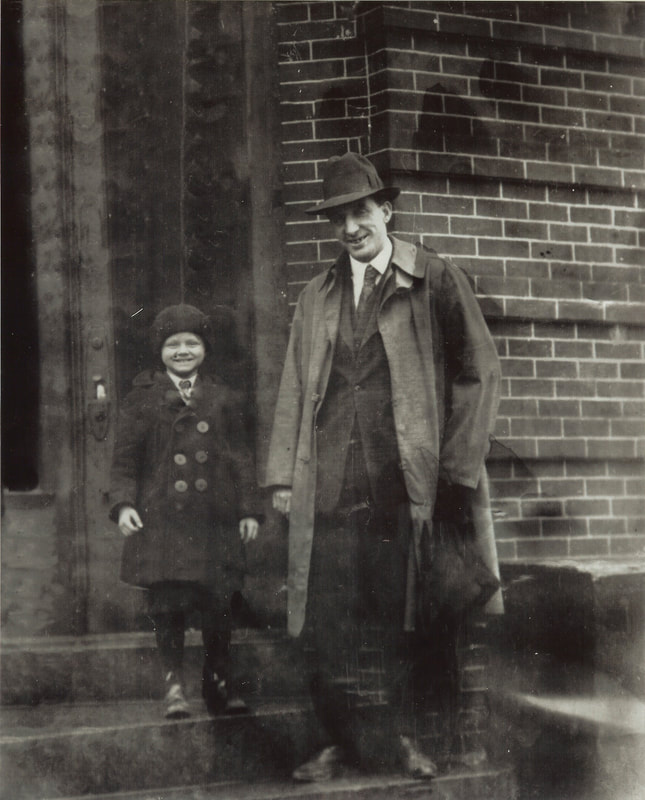





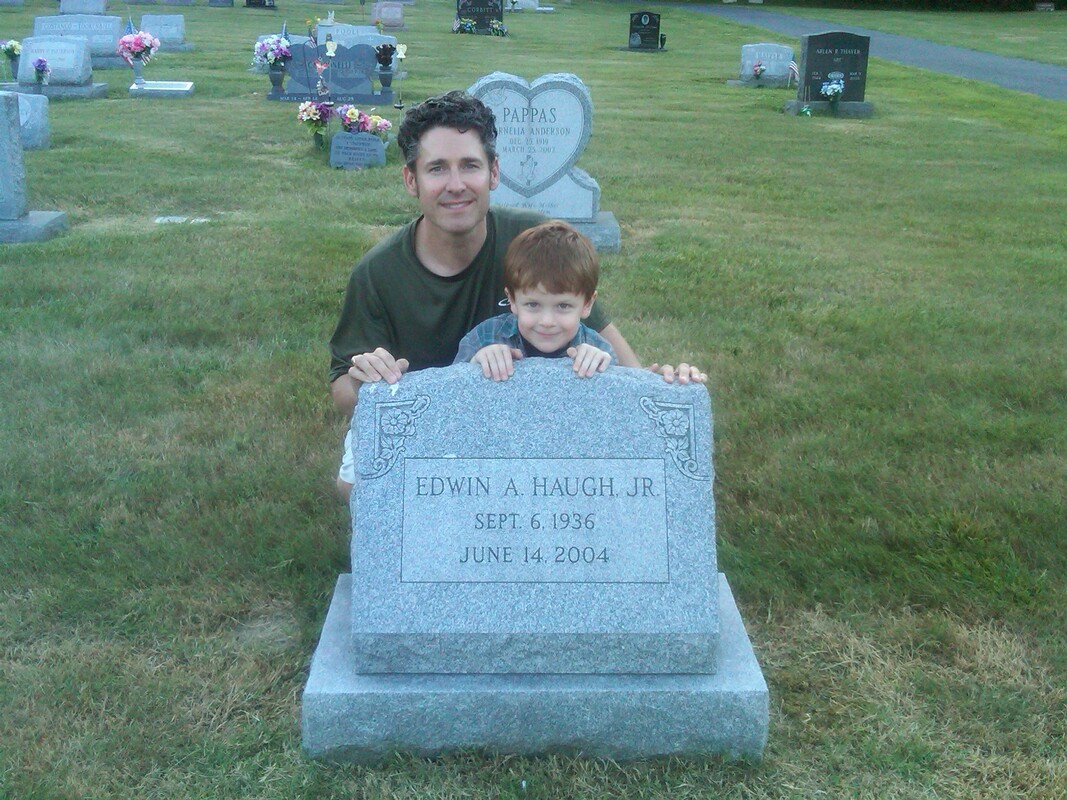
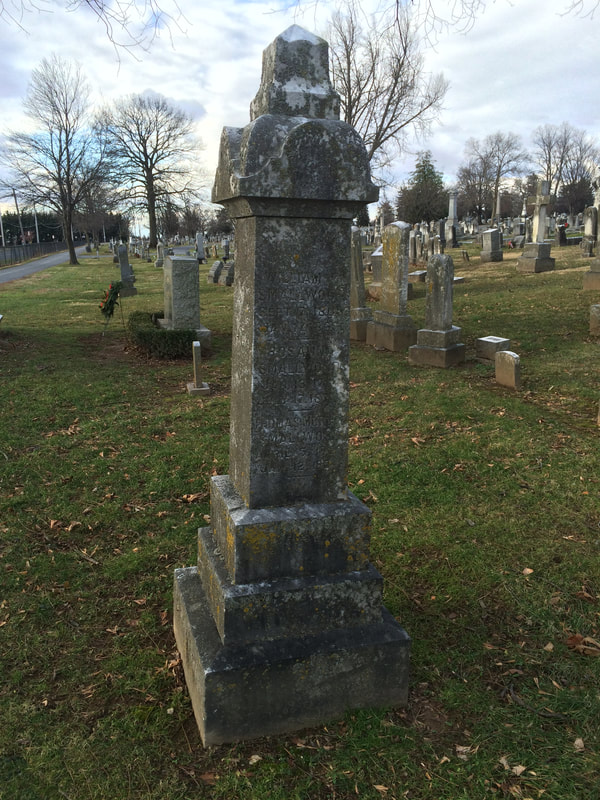












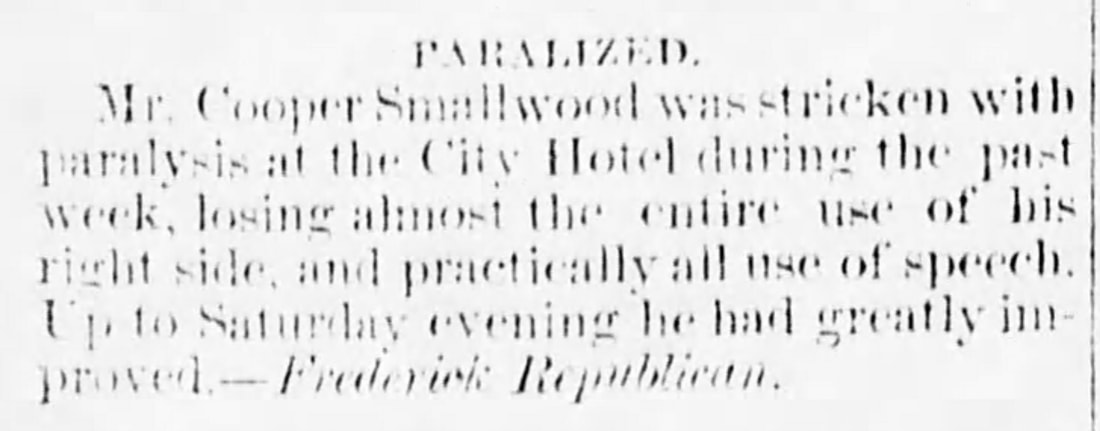

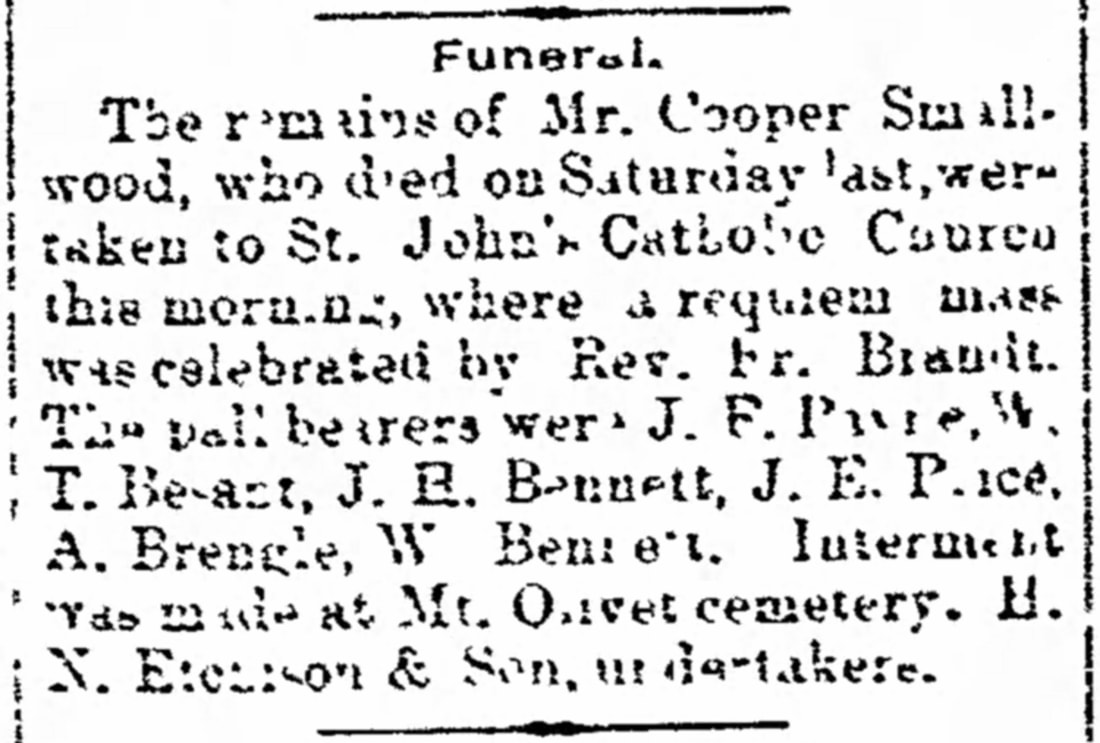

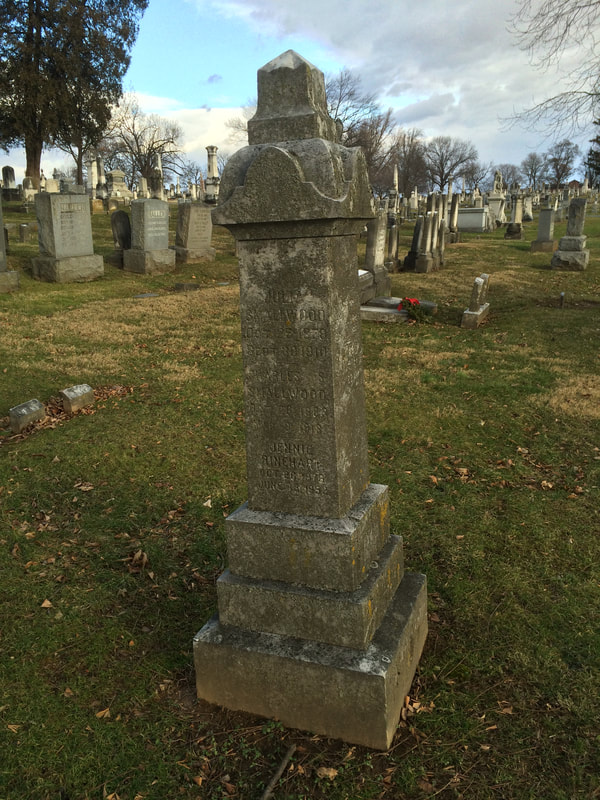
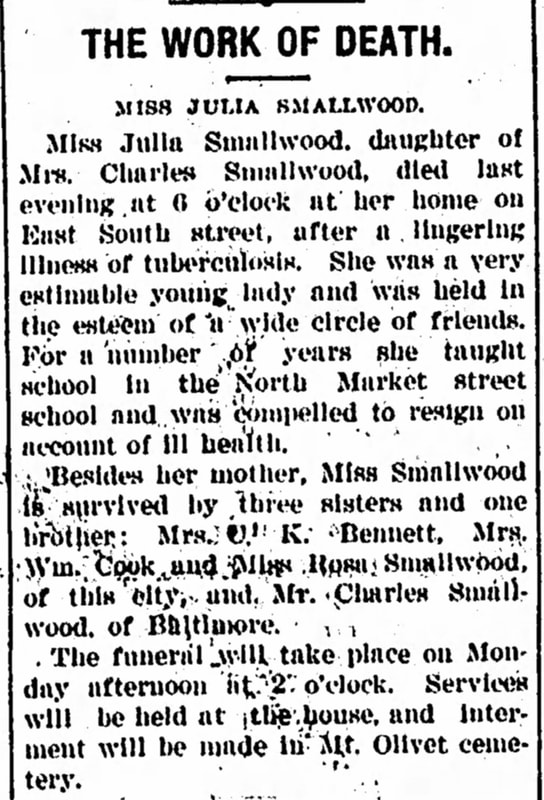




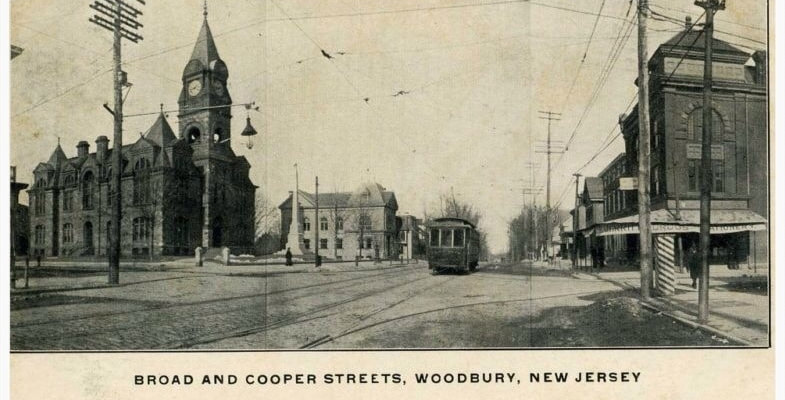



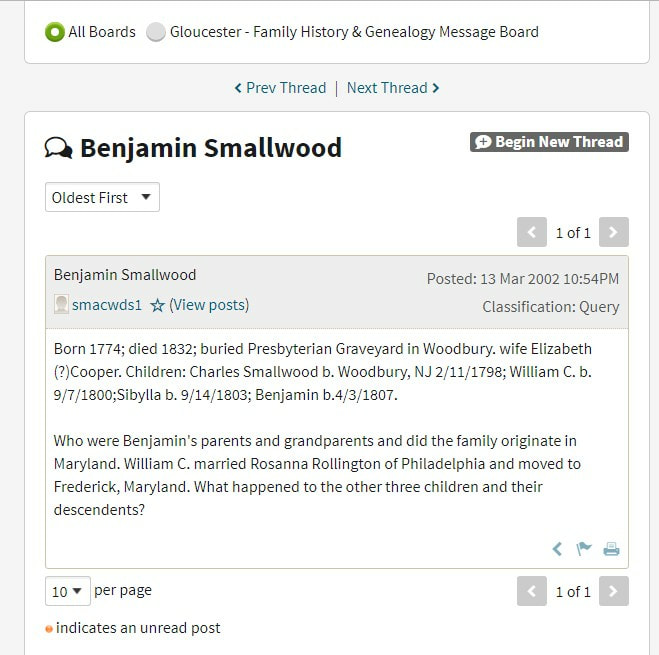


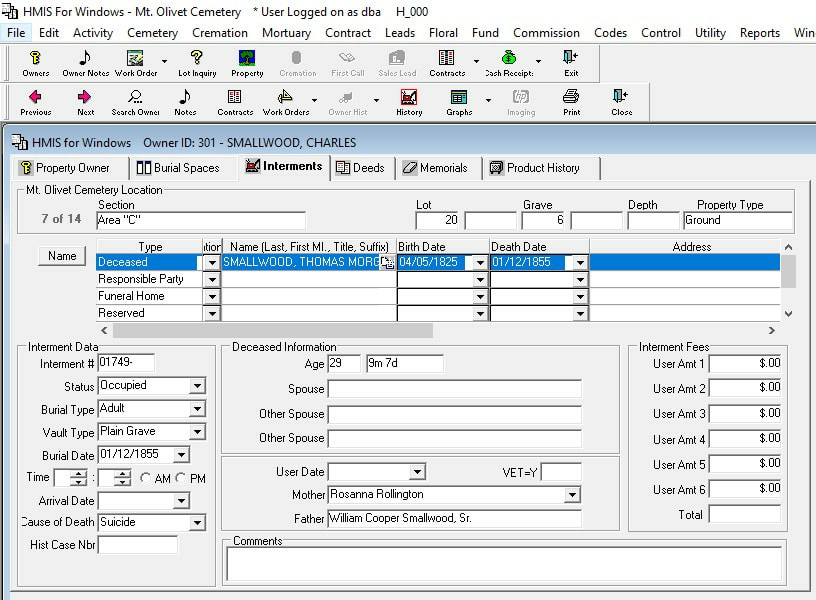

 RSS Feed
RSS Feed